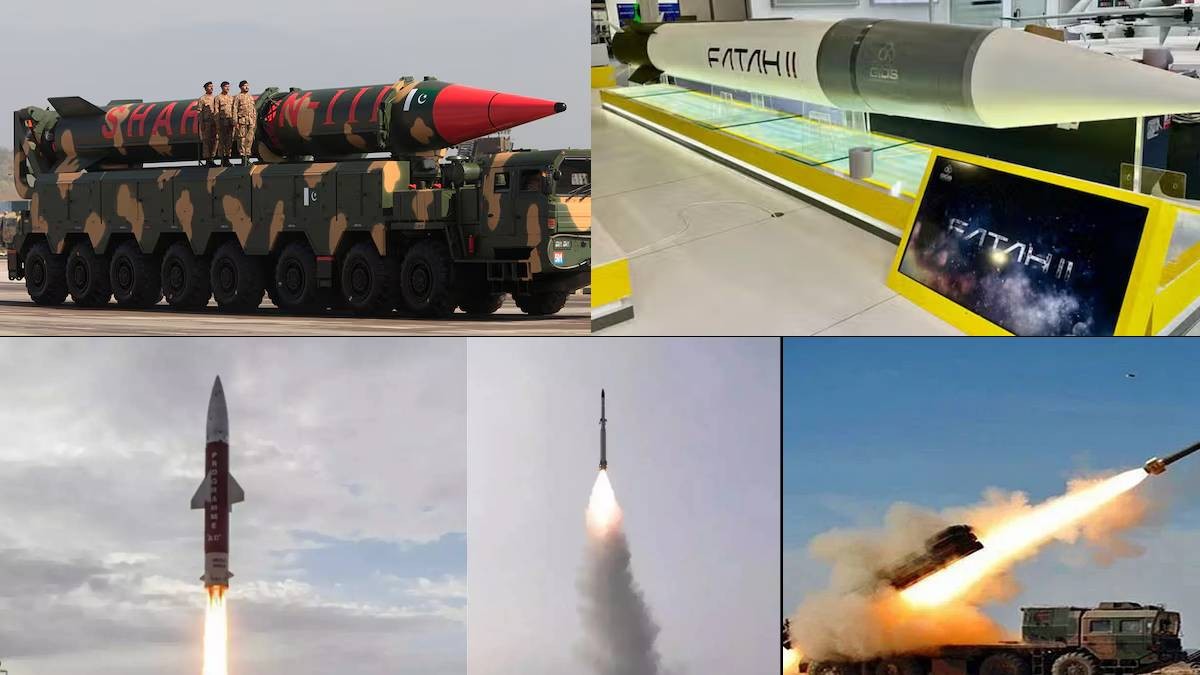
Pakistan's missile arsenal is a key component of its defense strategy, featuring a range of ballistic and cruise missiles designed for various operational needs. Among its short-range missiles, the Fatah-II stands out as a hypersonic ballistic missile with a range of 400 km. It is an advanced version of the Fatah-I and provides precision strike capabilities, making it comparable to modern guided rocket systems like the US HIMARS-launched GMLRS or China's PHL-series. The missile can carry conventional or tactical nuclear payloads, offering flexibility in battlefield engagements.
Moving to medium-range capabilities, Pakistan possesses the Ghauri-II, an improved variant of the Ghauri-I, with a range exceeding 2,000 km. This missile is believed to be derived from North Korea’s Nodong missile, sharing design features and development timelines. Additionally, Pakistan has developed the Babur-3, a submarine-launched cruise missile (SLCM) with a range of approximately 450 km. This missile enhances Pakistan’s second-strike capability, allowing it to launch nuclear warheads from underwater platforms.
At the top of Pakistan’s missile hierarchy is the Shaheen-III, its longest-range missile, capable of reaching 2,750 km. This surface-to-surface ballistic missile can deliver nuclear or conventional warheads, covering all of India and parts of the Middle East. The missile is powered by solid fuel, which enables quick launch and high mobility, making it easier to store, deploy, and conceal. It is a successor to the Shaheen-I and Shaheen-II missiles, further extending Pakistan’s strategic reach.
Pakistan’s missile development reflects its focus on enhancing deterrence and maintaining regional security. The country continues to refine its missile technology, incorporating advanced guidance systems and improved mobility to ensure survivability in conflict scenarios. With a mix of short, medium, and long-range missiles, Pakistan aims to maintain a credible defense posture while adapting to evolving military challenges.
